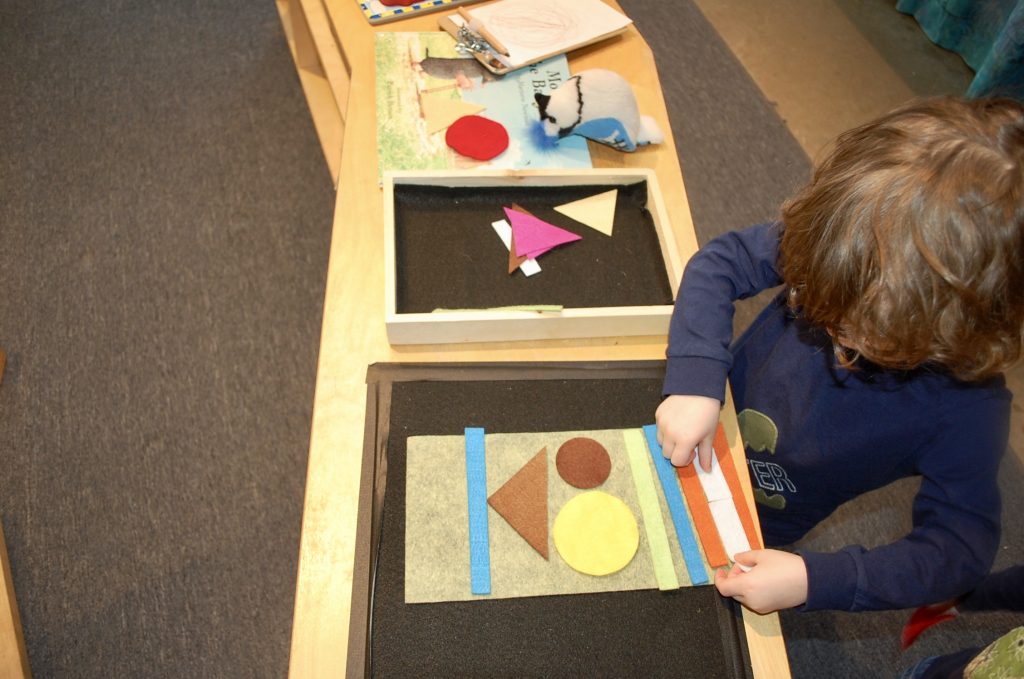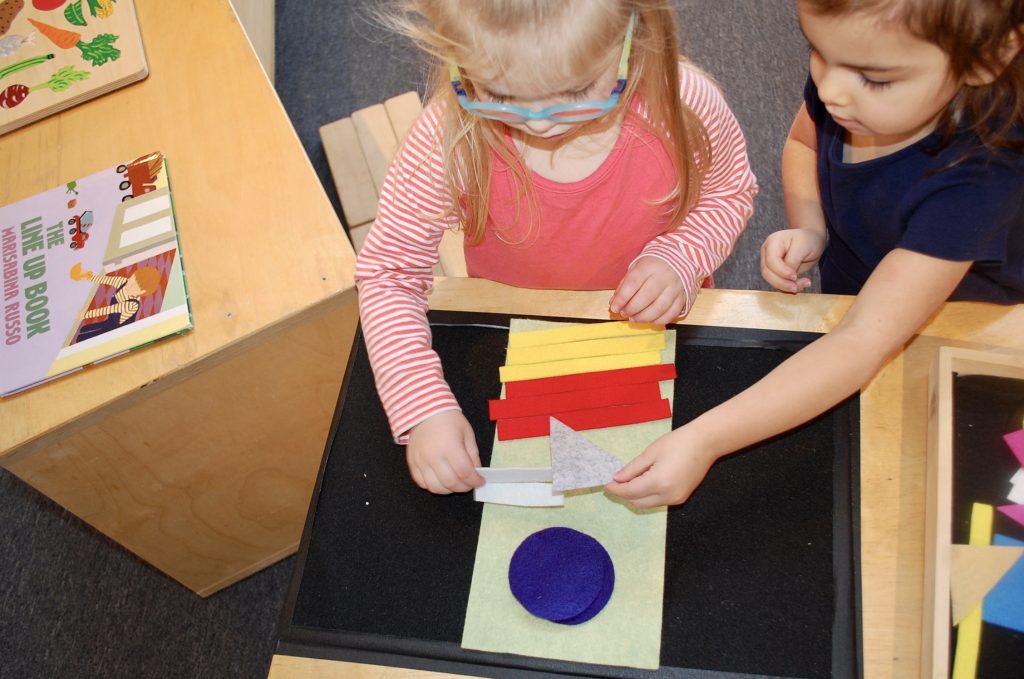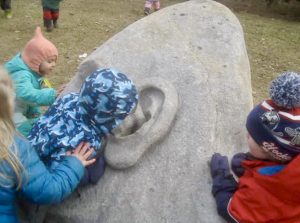Coming back together as a group after a week away from Feb. break, reading stories with grown-ups is an activity that the children seem especially fond of, perhaps in need of as we refamiliarize ourselves with each other and the Studio Blue environment.
We have noticed that the children in Blue this year have been especially intrigued by certain characters from our storybook collection. They are keenly aware of the facial expressions illustrated in these stories. They want to read these stories again and again (or never again) as they try to figure out what is causing these characters to appear so angry or sad or afraid.
What could cause such strong feelings?
Do I ever feel like that?
What does my face look like when I feel that way?
What can I do with all of these big emotions?
A few of the illustrations that have struck us:
Hooray for Hat!
Hooray for Hat!
The Grumpy Bird
The Grumpy Bird
A Mother for Choco
The Three Little Pigs
Go Away Big Green Monster!
Mole and the Baby Bird
Previous slide
Next slide
Some of us imitated the grumpy elephant's expression (from the book Hooray For Hat!)
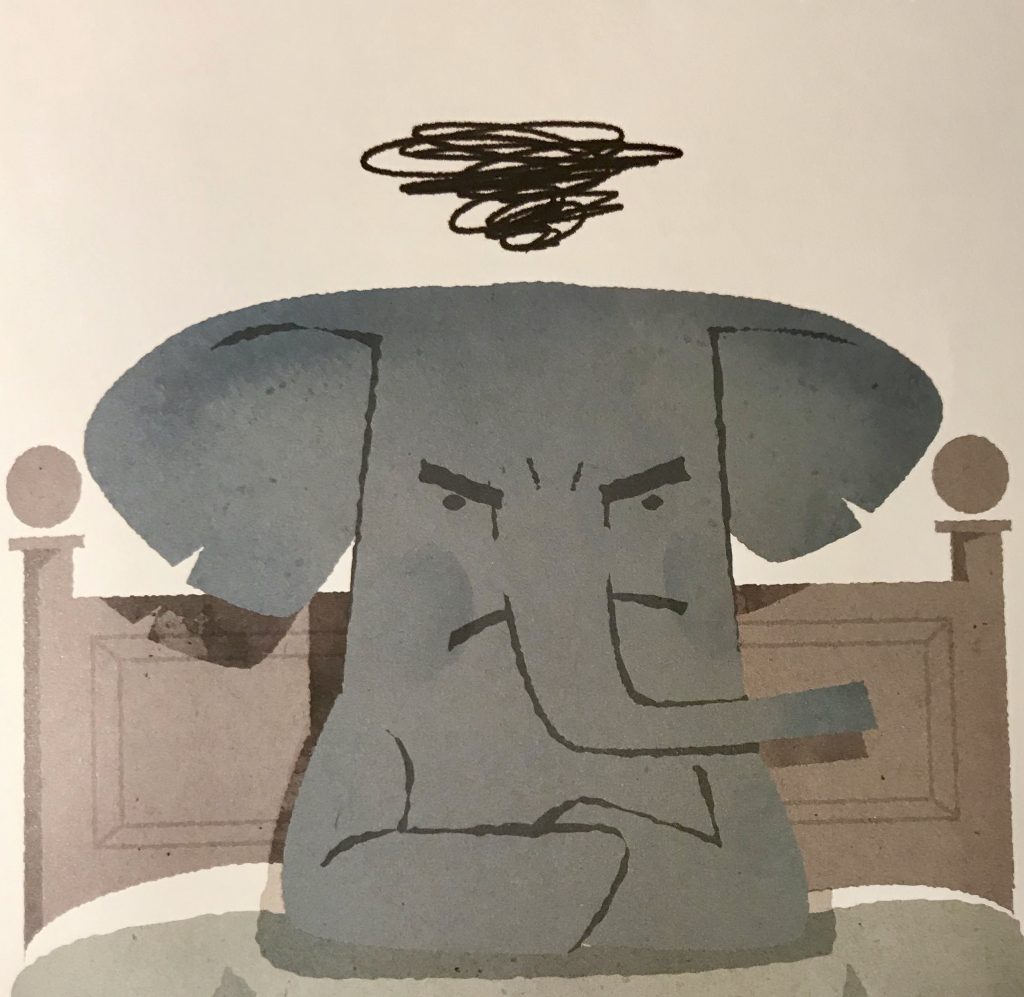
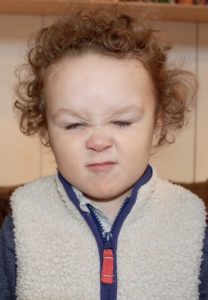
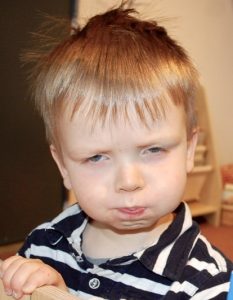
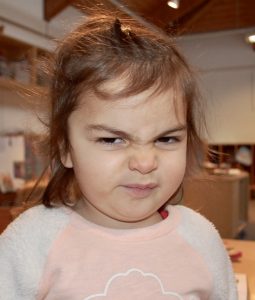
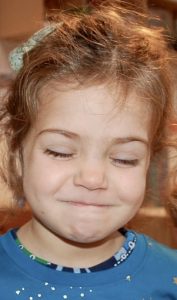
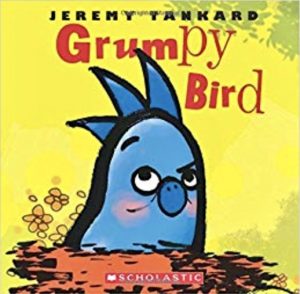 As the children were so taken by the grumpy characters in Hooray For Hat!, we introduce another story with a character feeling particularly grumpy, this time it’s a bird.
As the children were so taken by the grumpy characters in Hooray For Hat!, we introduce another story with a character feeling particularly grumpy, this time it’s a bird. 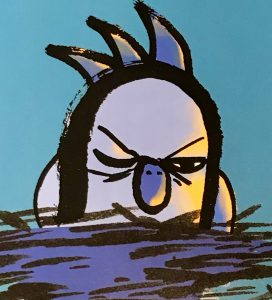
Jamie: He doesn’t look very nice.
Ellie: That’s a nest. It’s a little dark there.
Jamie: Why is he grumpy? I don’t know why he’s grumpy. I don’t know this story.
Let’s see if we can find out.
Jamie: Why it’s not very nice?
Ellie: Hey! Look at that!
Ellie: My bird is sad. Because I have to get him some worms.
Ellie gets up and goes towards her bird.
Jamie: Why is he sad?
Jamie notices that the bird in this book is feeling grumpy, just like the elephant from Hooray for Hat!
Jamie: Look at his face now…He’s not grumpy. I want to see the grumpy book… I want to read that…I want to see the grumpy…
Jamie tells us that we have another book in Studio Blue that he is thinking of and wants to read. He can’t remember the name of the book but he works hard to tell us about it so that we can find it and look at it. Diane finally realizes that Jamie is thinking about the book A Mother for Choco.
Jamie: Oh! Choco is grumpy! Choco is grumpy!
Diane finds the book and we sit down to look at it.
Jamie: Yes! That one!
Kesler, Chris and Diane look on as Jamie flips through the pages of the book for the character he is thinking of.
Jamie: This one!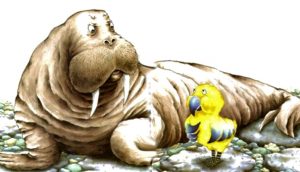
You’re right, Jamie! The walrus in the Choco book is grumpy. The words say, “Now look, grumped Mrs. Walrus.”
Jamie: The walrus is grumpy. Look at his eyes. He’s so mad. I like that page.
We notice that the children are also drawn to look closely at each other’s facial expressions. You can see this in the image featured at the top of this post – Jamie is looking closely at Elliot when he is imitating the grumpy elephant. In the following description of a group reading Hooray For Hat! Chris studies the other children as they experiment with grumpy facial expressions and body language. Does Chris gain as much from this experience as the other children do?
In Studio Blue, perhaps more so than in any of the other studios, we are constantly watching, observing, and learning through each other.
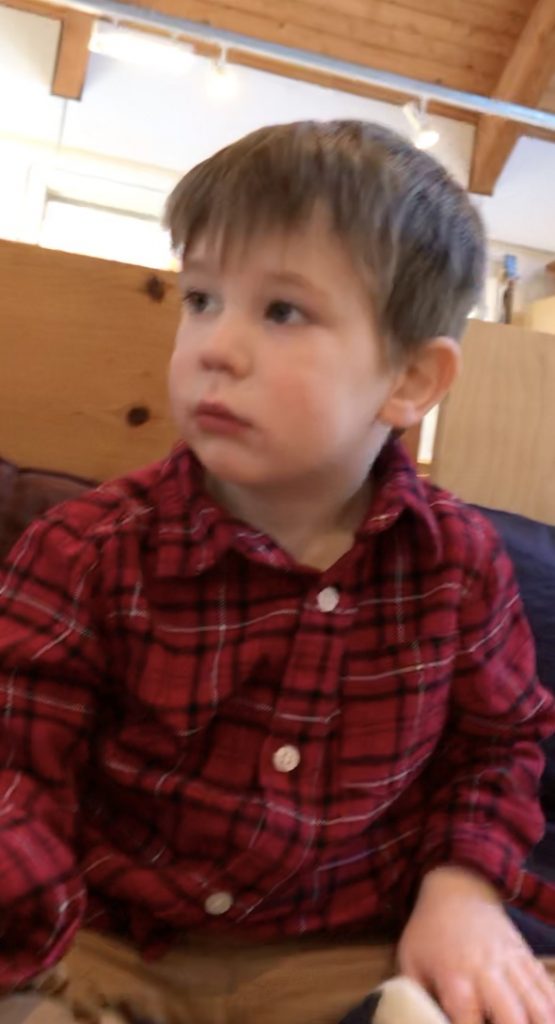
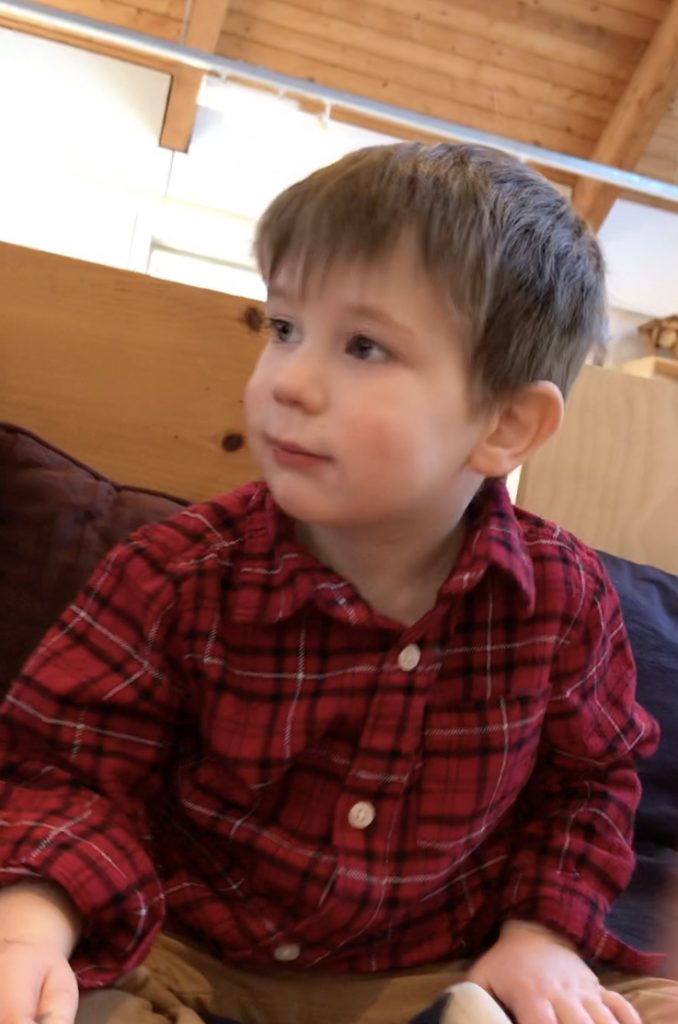
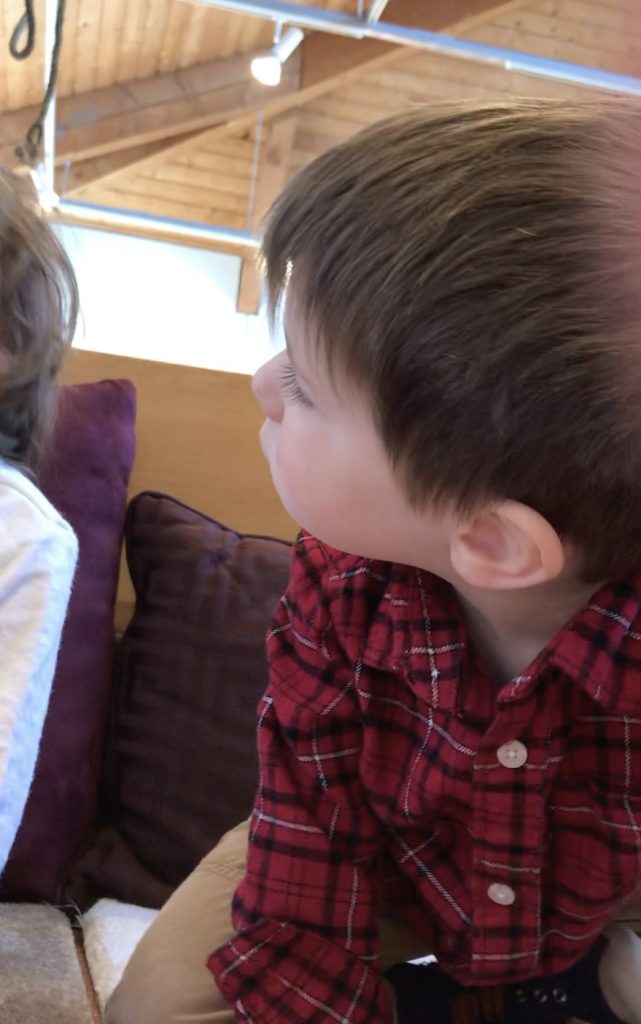
More recently, a small group asked to read the beginning pages of Hooray for Hat! Immediately, Jamie invites us, Look at my face!
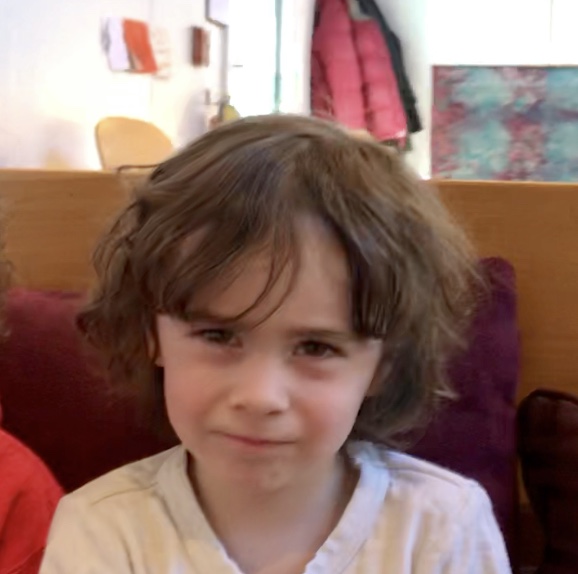
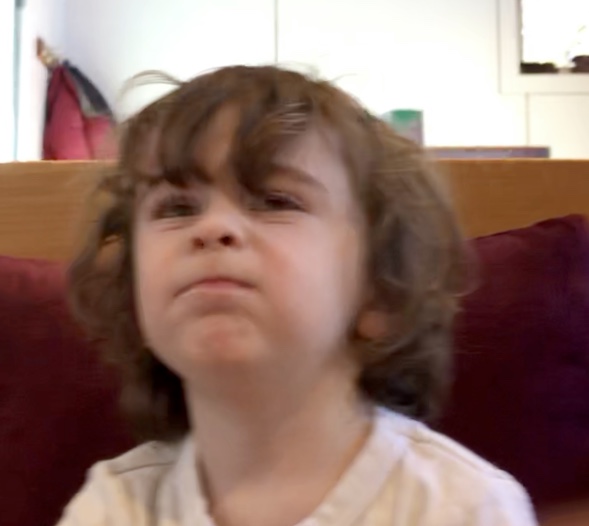
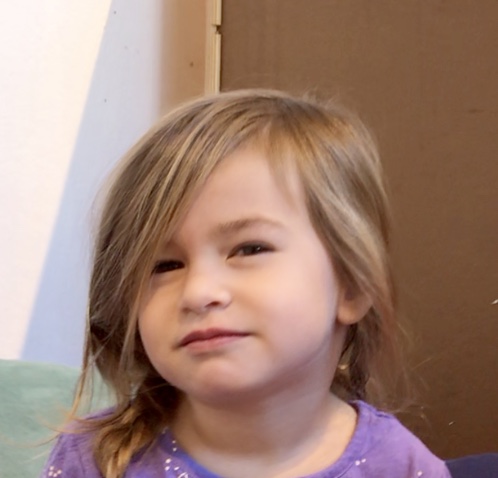
Josie and Elliot soon follow,
Look at my face!
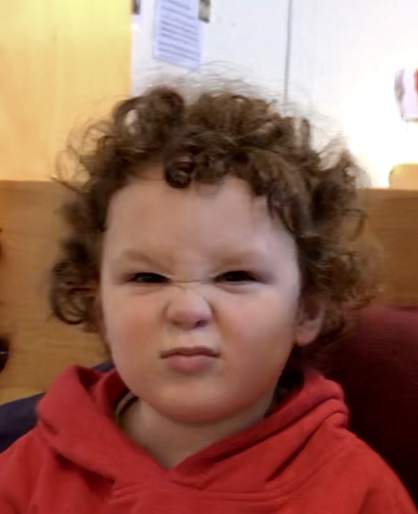
Looking closer, additional details in the elephant’s expression and body language are noted and tried out.
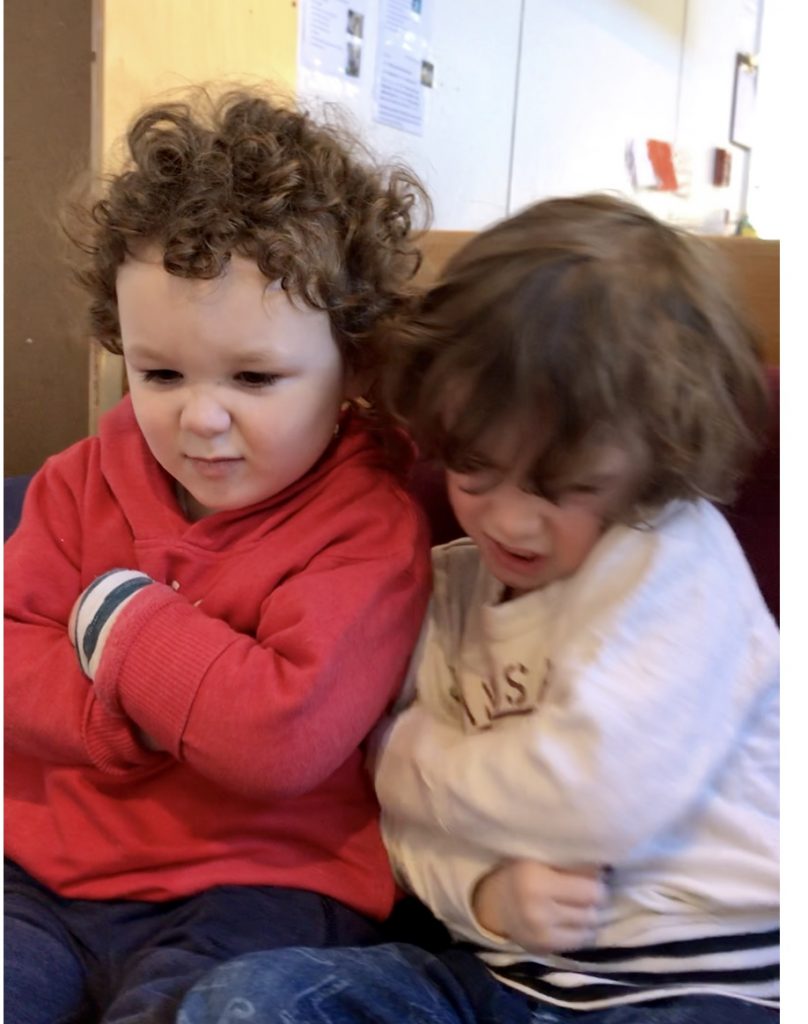

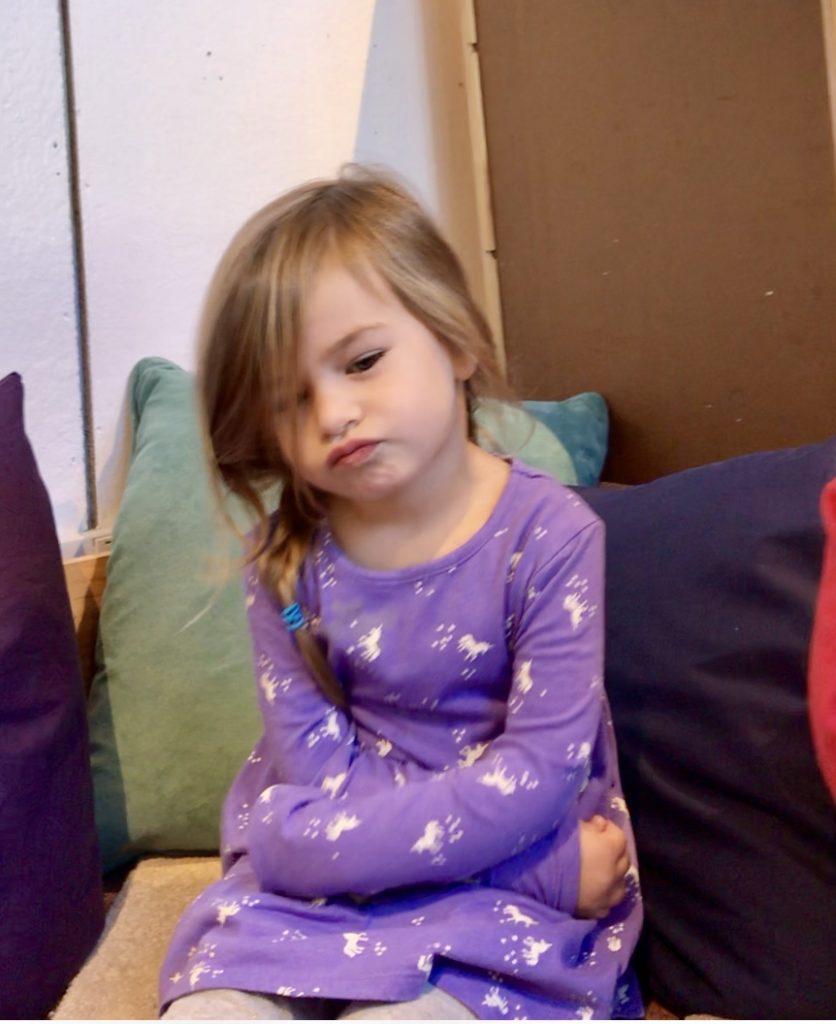
Jamie gets up to stomp like the elephant and then Josie and Elliot do as well.
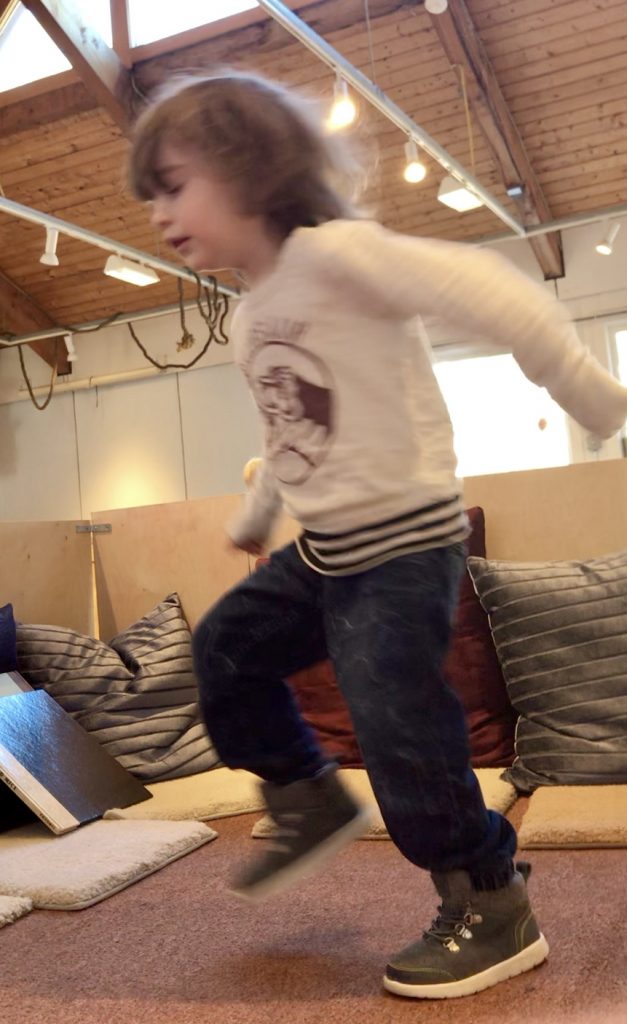
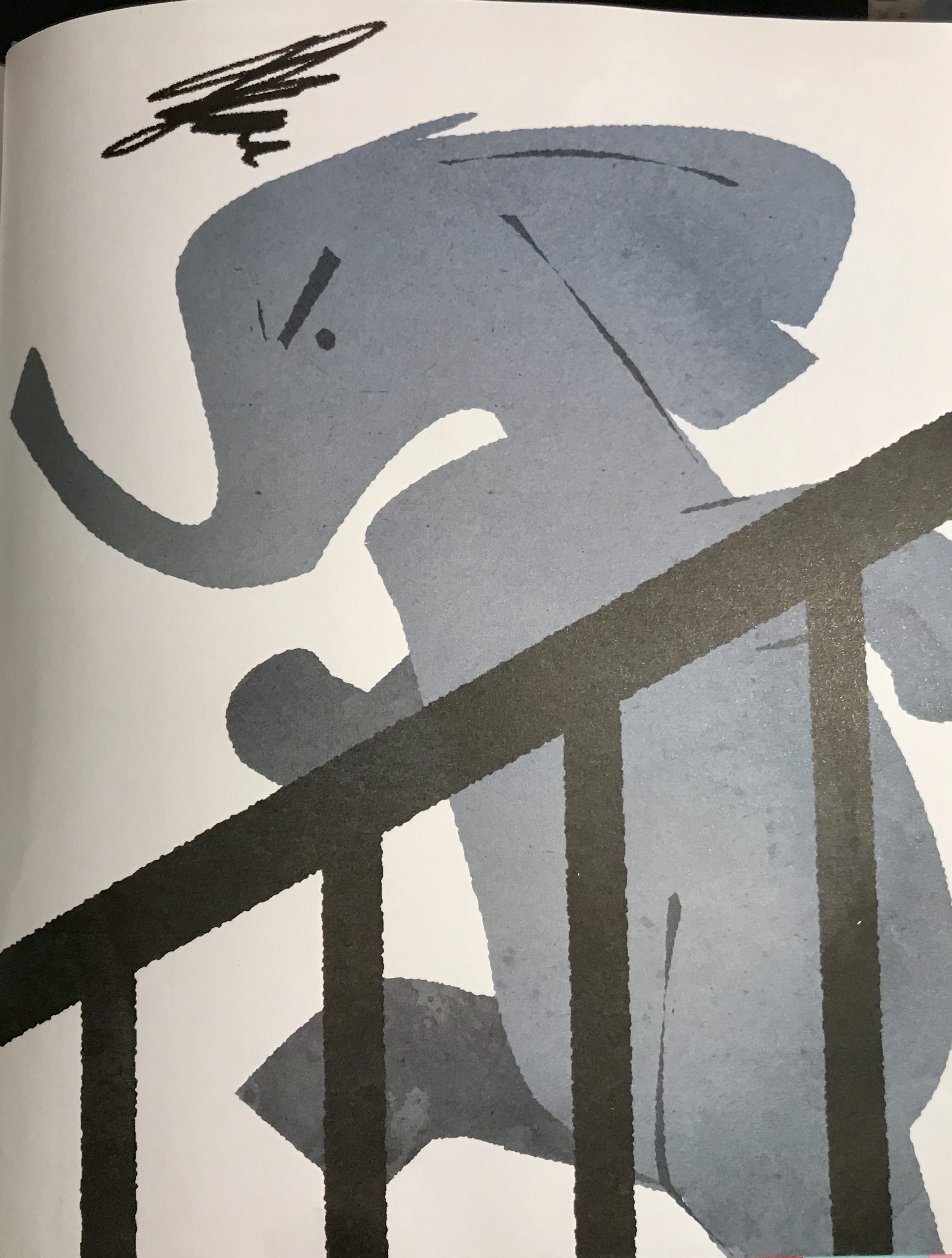
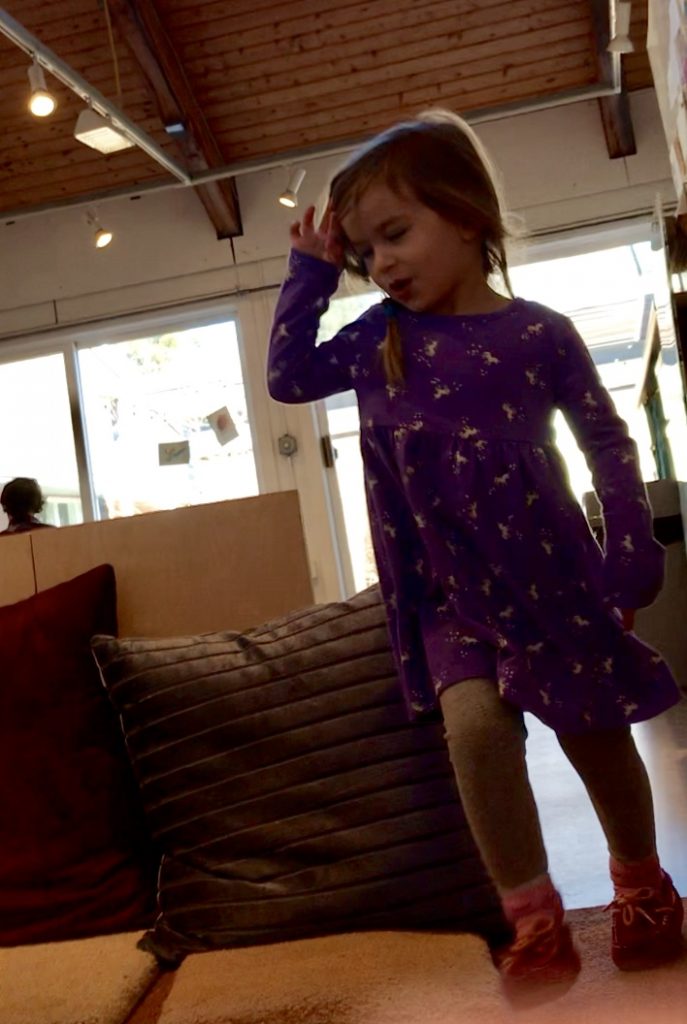
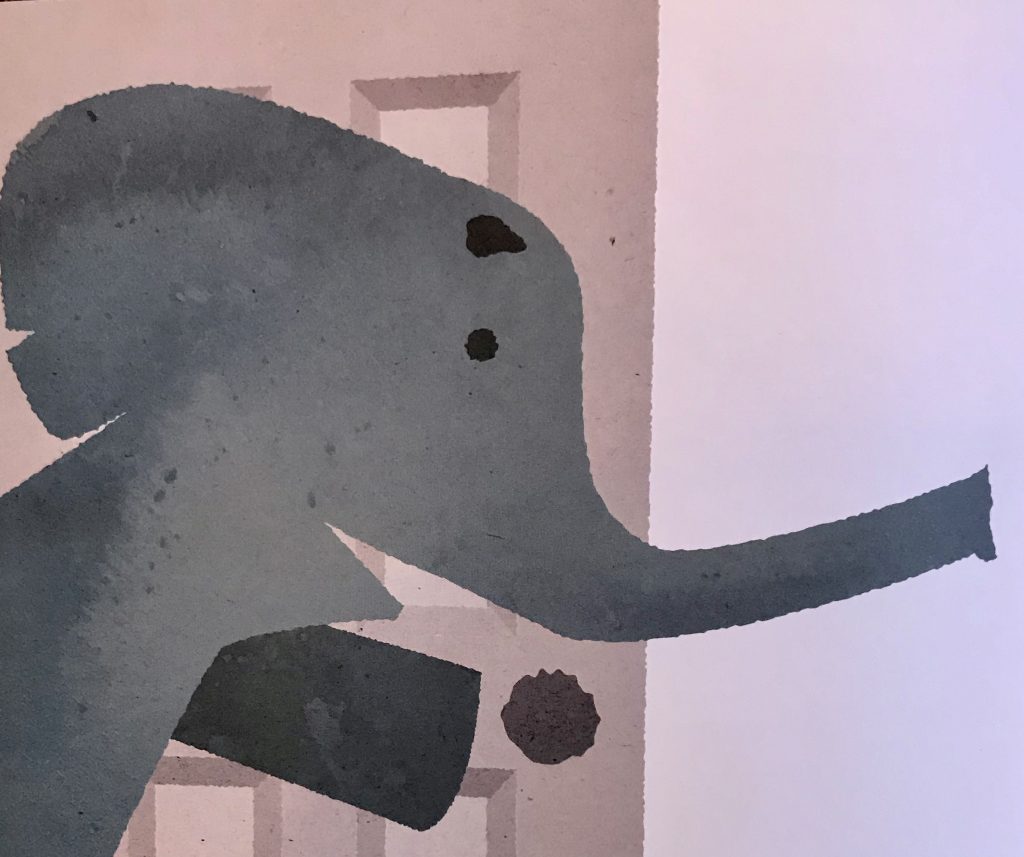
Does he look grumpy now?
Josie: No, he looks happy!
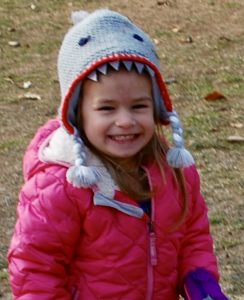
We have explored our faces in the big mirrors. Some of us made marks directly on the mirrors or on our clipboards.
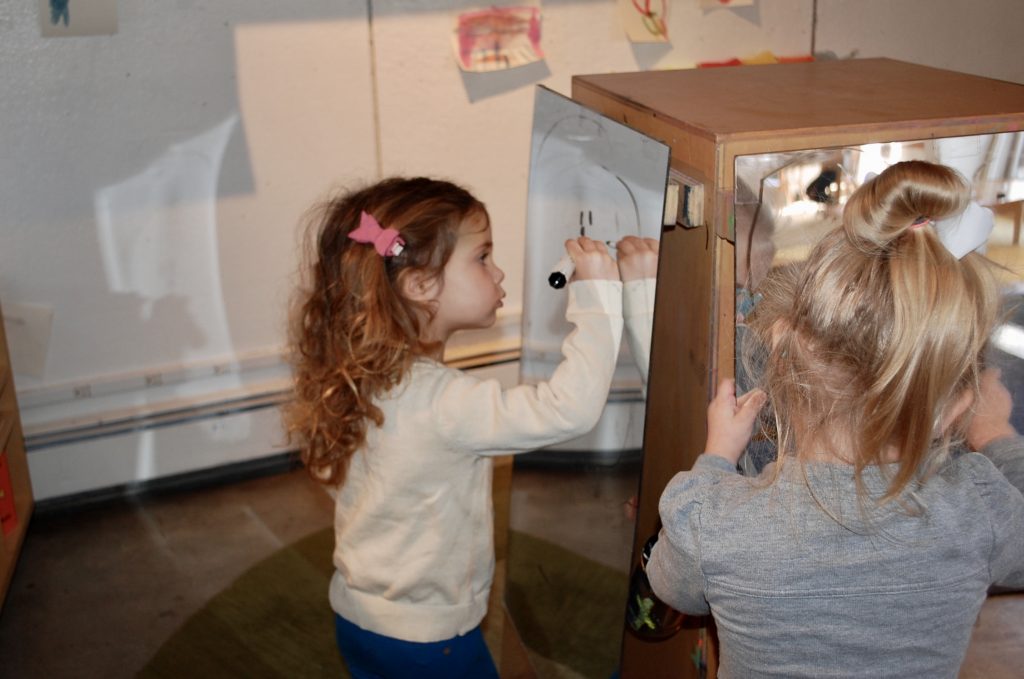
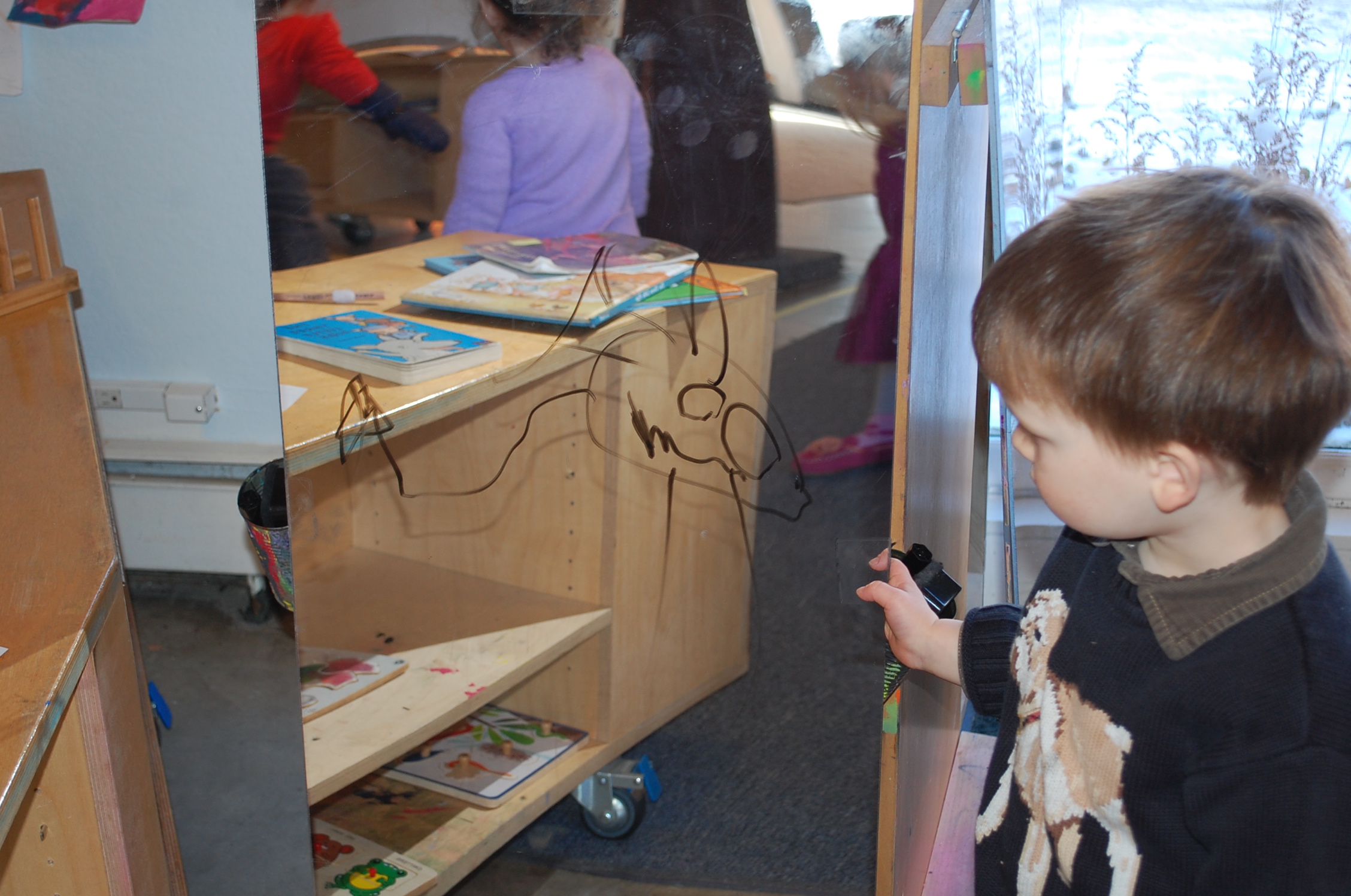
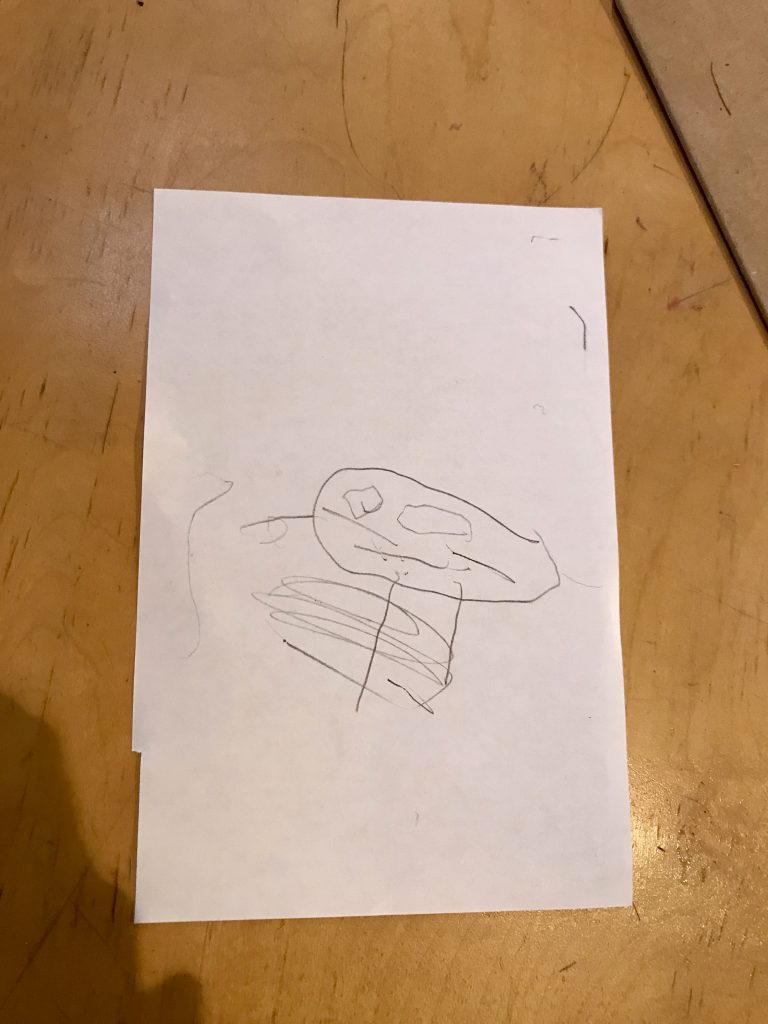
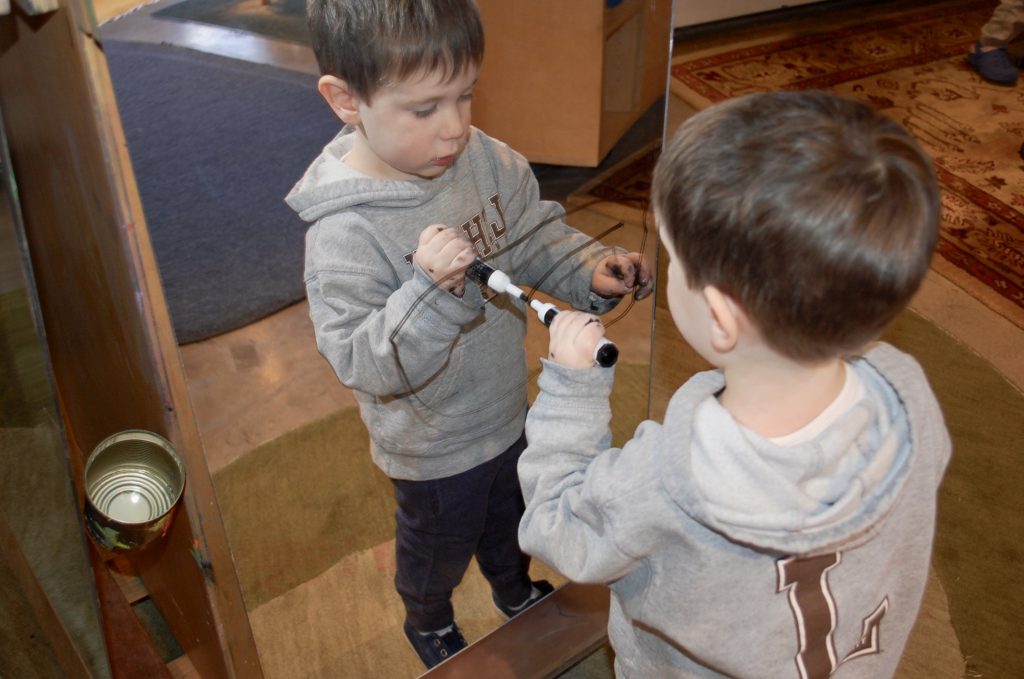
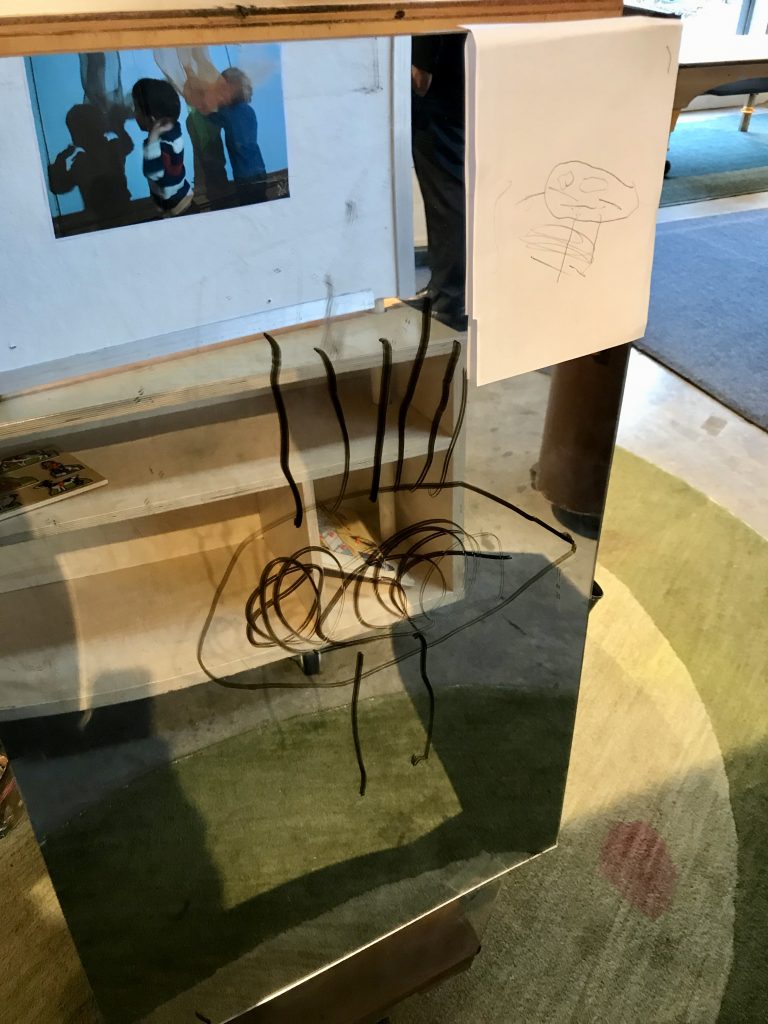
We notice this out in the Sculpture Park - Listening Stone
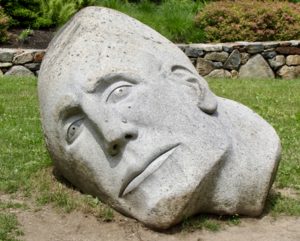
That’s the eyes. – Ellie
What is in that ear? -Jack
I don’t know. We need something. -Ellie
Livia bends down and looks into the eye closer to the ground, asking, What’s your name?
What is that?
What is that? That is a good question.
Is that a sculpture? – Jack
It doesn’t talk. It doesn’t talk. This head doesn’t talk. He’s a real head and he doesn’t talk. He doesn’t talk. -Wesley
We think about faces when working with playdough
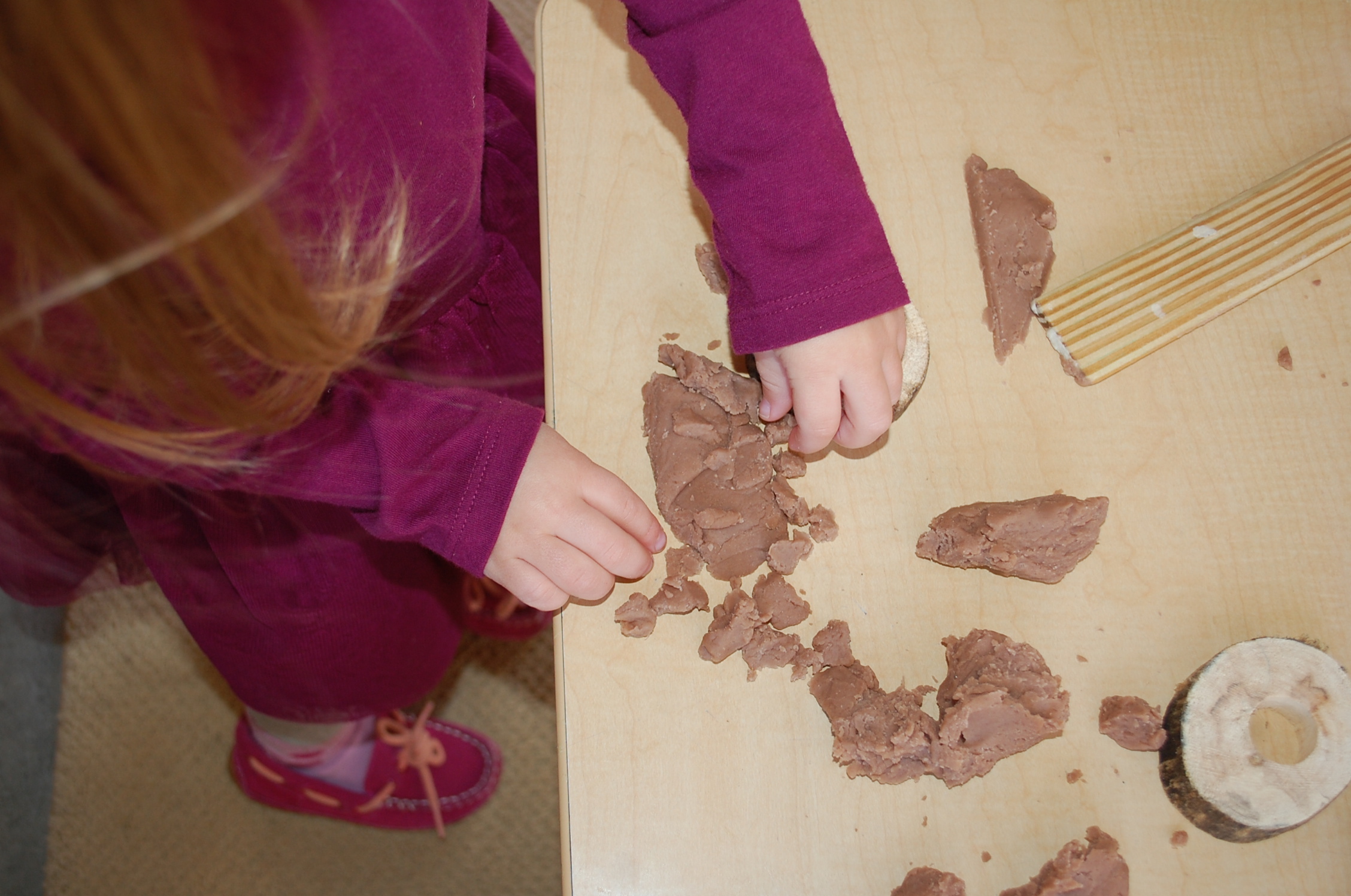
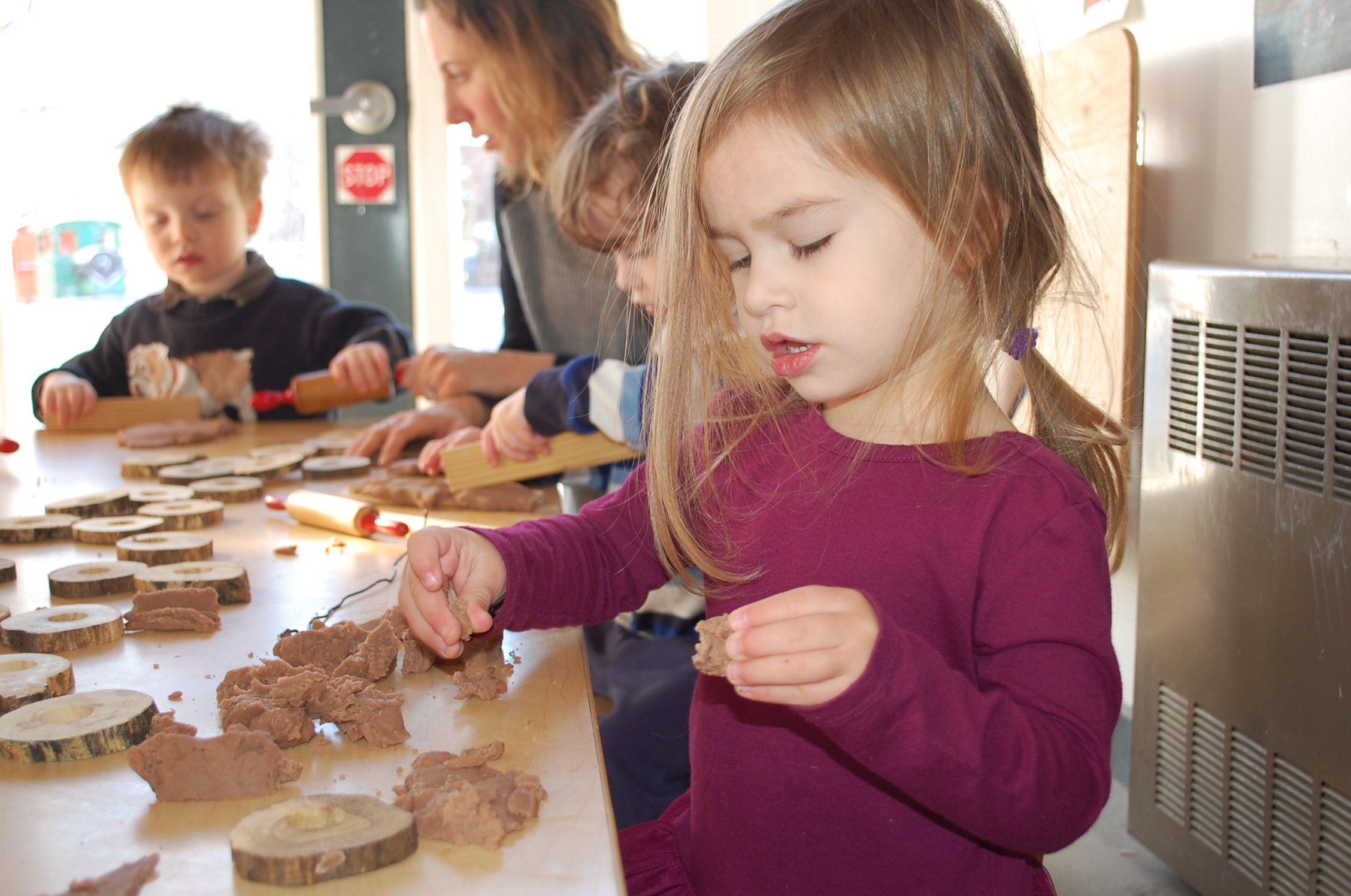
With pieces of felt, first in creating our own Big Green Monsters...
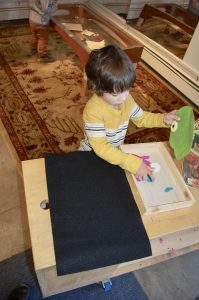
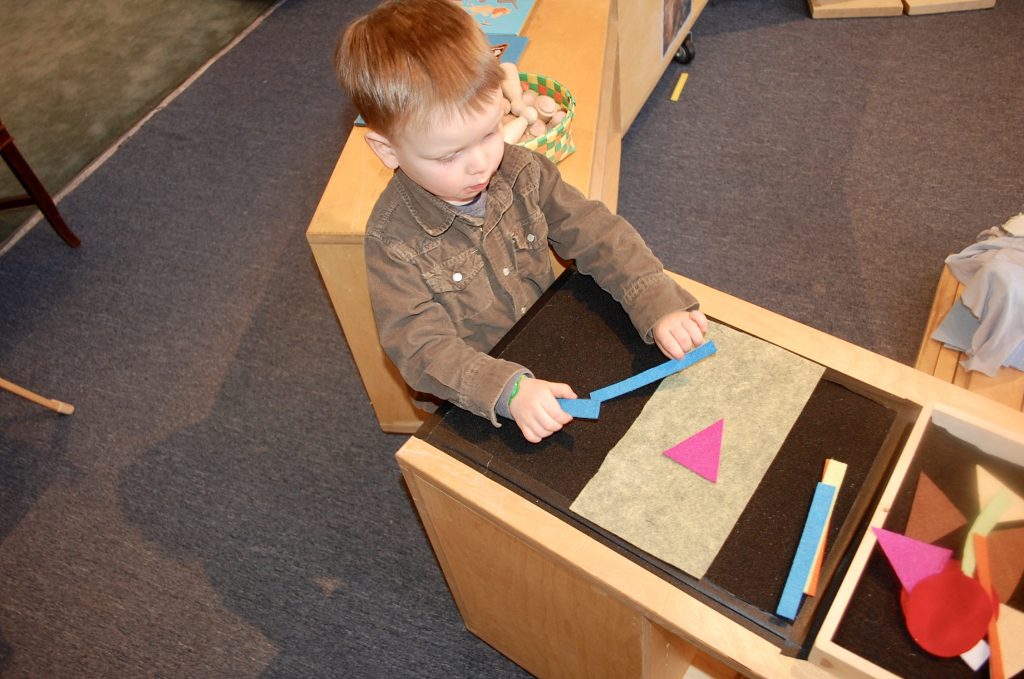
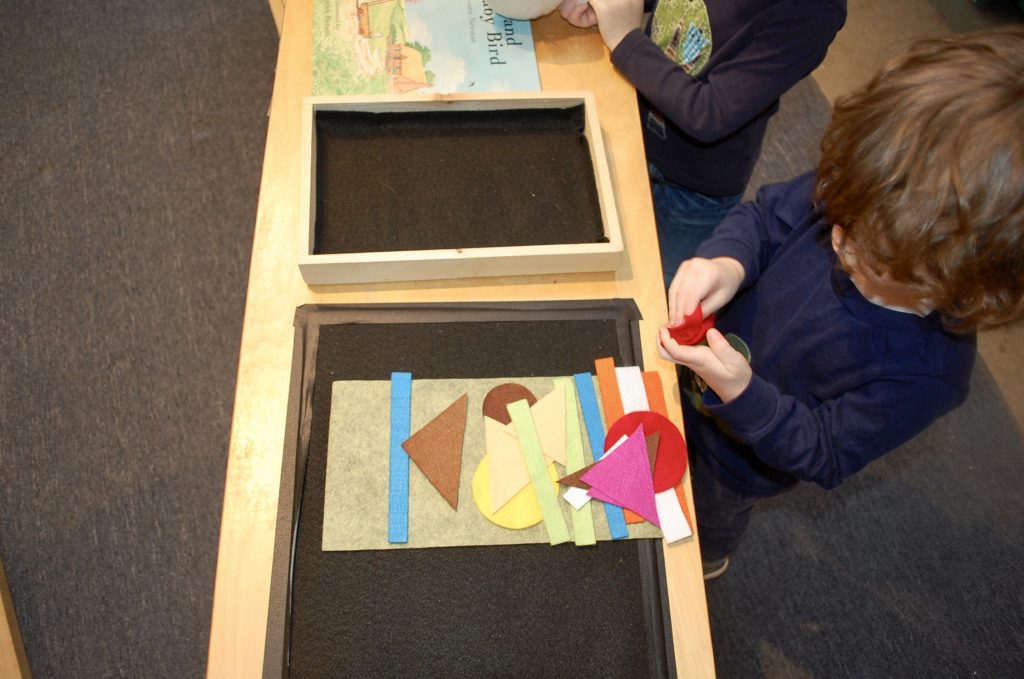
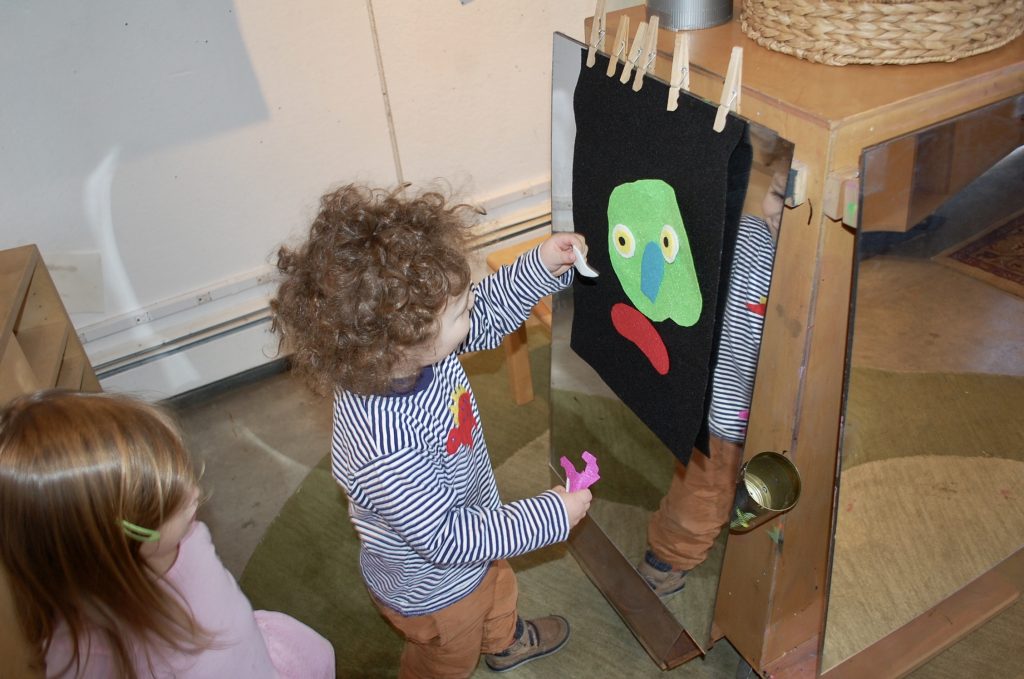
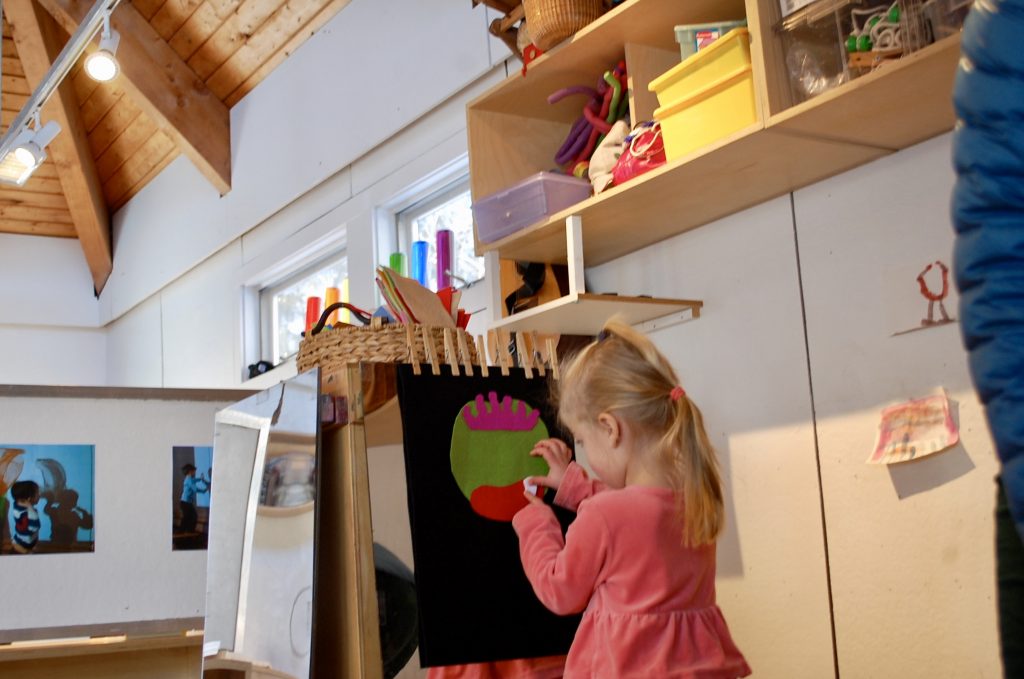
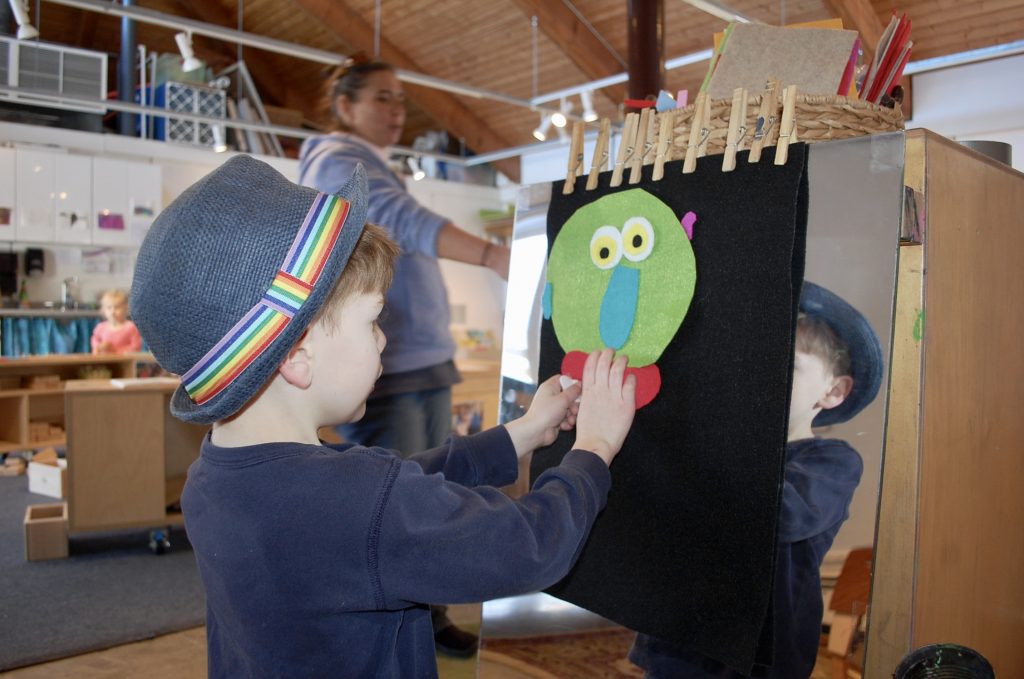
Then, in creating Aiken Drum (from a new song we sing during our meetings).
Aiken Drum
